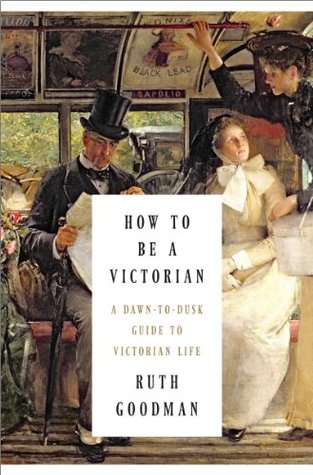More on this book
Community
Kindle Notes & Highlights
by
Ruth Goodman
Started reading
March 2, 2019
Dr Arnott and others were concerned about the build-up of carbon dioxide – then usually referred to as carbonic acid – in poorly ventilated spaces.
Bedrooms were especially worrisome, as people spent so long in them. Dr Pye Henry Chevasse, a physician who wrote health manuals for the layperson in the Victorian era, was willing to go so far as to state that it was ‘madness to sleep in a room without ventilation – it is inhaling poison; for the carbonic acid gas, the refuse of perspiration, which the lungs are constantly throwing off, is … deadly’.
If, as a Victorian, you could not bear to open the windows, you could hope to improve the indoor air quality with a bowl of water. The popular guidelines of the day were to ‘set a pitcher of water in a room’ and in ‘a few hours’ it would have
absorbed all the respired gases and the air would ‘become purer, and the water utterly filthy’.
Another simple experiment to check how much carbonic acid was present was described in advice books and school textbooks. The Science of Home Life, a book designed for schoolgirls, instructed that ‘if we pour some clear lime water into a shallow dish or saucer, and leave it exposed to the air for an hour or so, we shall find a whitish crust or...
This highlight has been truncated due to consecutive passage length restrictions.
Bathtubs were not the norm and, where they did exist, were normally used at the end of the day (we will examine them in detail towards the end of the book). They were largely used by men. Modesty played a large part in this. Men might have felt happy wandering along the corridor of a wealthy house in a bathrobe, but far fewer women did – they would have felt much too vulnerable and exposed. In the few working-class homes that employed a tin bath in front of the fire, men
The stand-up wash remained one of the most common forms of washing throughout the century, whether with hot or cold water, with or without soap. It provided a fast morning wash and could prepare a person for the day. That people washed with water at all, however, was a new development. Before the Victorian period, it had been believed that the
pores of the skin allowed disease to enter and penetrate the body. While healthy sweating allowed poisons and effluvia to exit through the pores, it had been thought important to protect the skin from too much exposure to sources of infection; water opened the pores and was therefore best avoided. Disease was believed to be carried in evil miasmas (vapours) in the air, thickest and most dangerous where smell and damp were most evident. Walk through the stinking mists rising from tanners’ pits or stale dung heaps, past open sewers or the bleaching and dyeing works, and infection would be
...more
It was not until 1879, however, that the German physician Robert Koch was able to prove that specific bacteria caused specific diseases. By 1884, the bacterias responsible for typhoid, leprosy, diphtheria, tuberculosis, cholera, dysentery, gonorrhoea, malaria, pneumonia and tetanus had been isolated.


